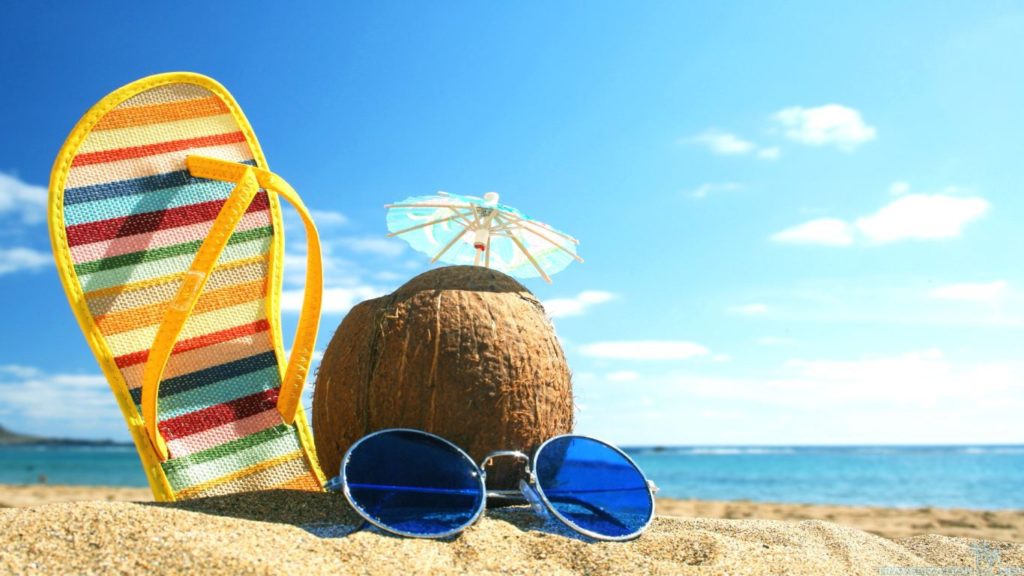While not everyone can have expert medical knowledge, it is still important to at least have some understanding and awareness of our bodies. That way should anything go wrong or if we start to notice some changes, we can get the appropriate medical advice. Skin rashes are an unfortunate, but common thing throughout life, and different rashes can present themselves in different ways. It is important to remember that not all of them are serious, but that doesn’t mean they should be ignored. Within this article, we will go over some skin rashes that can occur, and we will also discuss their treatments.
Contents
Nappy Rash

The first skin rash we are going to discuss is nappy rash. Nappy rash is an extremely common rash that occurs during childhood. As the name suggests, nappy rash occurs when the nappy irritates the skin, or if the baby has been left sitting in their nappy for too long. It is super important to remember to change your baby frequently, so they are not left sitting in their wee or poo. This can cause severe irritation to the skin, and your baby will be in extreme discomfort and pain. Another thing that can cause nappy rash besides the nappy itself is washing powder, or bubble bath, as both of these contain ingredients that can be harmful to your baby’s sensitive skin.
When a nappy rash occurs, it will present itself as a very obvious red rash around the nappy area. If you do not notice it straight away, but you can see that your baby is in discomfort, then perhaps check for nappy rash just in case. Use the back of your hand to feel if the skin is hot to the touch, and keep an eye out for any pimples. It is important to remember that a nappy rash is not necessarily your fault and you do not need to panic. Simply apply a layer of nappy cream at every nappy change to ensure that the rash goes away. Additionally, you could start changing the nappies more frequently and see if that makes a difference.
Eczema
The next rash to discuss is eczema. Like a nappy rash, eczema can be very common during childhood, and often children can start to develop it before they are one year old. However, that is not to say that it doesn’t occur in adults too. Adults can also start to develop eczema at any age, even if they have never had it before. Eczema can often be a chronic condition, and those that develop eczema will likely have it for life.
The rash can come in waves though, so you may find that it seems to be in a cycle of flaring up and then disappearing again. The main symptoms of eczema are itchy, dry, and cracked skin. The skin can appear inflamed, and it will likely be very sore to the person suffering from, it. Some people develop eczema all over their bodies, whereas others may just have a small patch of irritated skin.
Most of the treatments for eczema come in the form of a cream. Depending on the type of eczema you have and how severe it is, you could be prescribed topical corticosteroids as this can help with reducing the swelling and can make the rash less itchy. If you have eczema, there is not always a need to seek medical advice, but if you are noticing that the rash is spreading, or the pain is getting more severe, then it is important to phone your doctor.
Heat Rash

The final rash on the list is heat rash. Heat rash, or prickly heat, is a common skin rash that can affect anyone at any age. Heat rash is caused by the sweat glands in the body being blocked after a period of excess sweating. This is why it is called heat rash, because it often arises after the body is overheated and has been sweating a lot. The rash will appear as small, raised bumps on the skin, and they may look red and sore on lighter skin tones. Although the rash is not contagious, it will still be itchy, so it is important to resist scratching as much as possible.
If you notice heat rash on your body, then take yourself to a cooler area or you could even have a cool shower. Your body temperature needs to cool down, so it would be a good idea to stay out of the sun for a while. Keeping yourself hydrated is another great way to allow your body to cool down and recover from all the fluid lost from sweating. Ultimately, prevention is always best so if you are going to be spending time in the sun, then wear sunscreen and take regular breaks in the shade.

